Last month, I wrote about roses and some common mistakes gardeners make when planting a rose garden. I received several responses from customers who all echoed the same thing: “When it came to planting, I realized I was doing it all wrong.”
Hearing those comments, I got to thinking about how important a step planting is—not just for roses, but all shrubs, trees, annuals and perennials. Young or old, experienced or brand new to the world of gardening, customers regularly ask me what to do with their plants once they get them home. Here are a few pointers.
First, the most basic step: dig the hole. Like I said—basic! However, many people have learned that you need to dig the hole twice as deep and wide as the root ball of the plant. While it is good to dig the hole twice as wide, you only really need to dig it as deep as the level of the soil in the pot or the height of the burlapped root ball; it’s simply unnecessary to remove so much extra soil. What is important, though, is that you loosen the soil at the bottom of the hole to give the roots of your plant something to easily grow into.
Next, carefully slide the plant out of its pot (I’ll explain burlapped plants in a minute). If it’s root-bound—that is, if there are a lot of roots circling around the outside of the soil—use a garden knife to make a few vertical cuts in the roots around the perimeter to stimulate new growth. Do not tear the root ball apart as you can cause serious injury to the plant.
If the plant was not in a pot but rather wrapped in a burlap sack, set the rootball—burlap and all—in the hole you’ve dug. If the rootball also came wrapped in a metal cage, leave that on as well. Once you’re satisfied with the positioning of the shrub or tree, carefully cut the twine that’s wrapped around the base of the trunk or stem and remove it from around the top of the rootball. Loosen the burlap from the stem and open up the top of the sack to expose the soil.
Whether your plant came potted or in burlap, position it in the hole so that the place where the stem meets the roots—called the crown—sits slightly above the existing grade of the surrounding soil. One of the most common mistakes gardeners make in planting is setting a plant too low. Many plants can tolerate soil above the crown, but very few will ever thrive if planted too low. There’s an old saying that goes something like this: “Plant it too high, it will not die; plant it too low, it will not grow.” Look at it this way: a plant can always grow longer roots to reach water, but it can never dig itself out of a hole too deep.
Once you’ve ensured that your plant sits slightly above grade, backfill with a well-drained topsoil. To reduce transplant stress, soak the area with a liquid starter like Bonide Root & Grow.
Many people worry that summer is a bad time to plant, yet if you take the proper steps in planting and keep your new additions well-watered, summer can be as good as any other season. Stop at the nursery, browse the many summer-blooming perennials and enjoy the beauty that summer’s longer days and warmer temperatures have to offer!


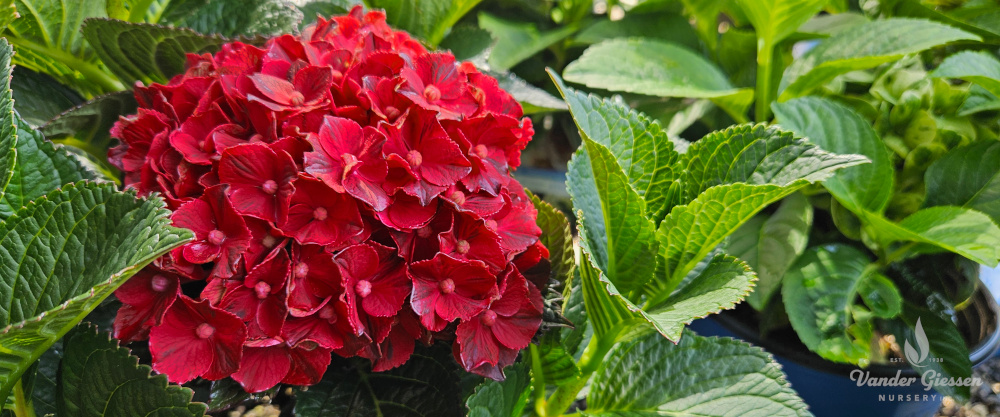
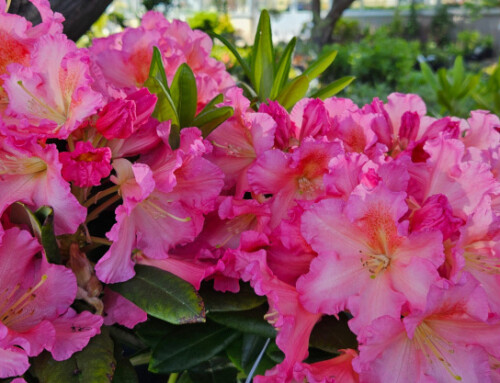
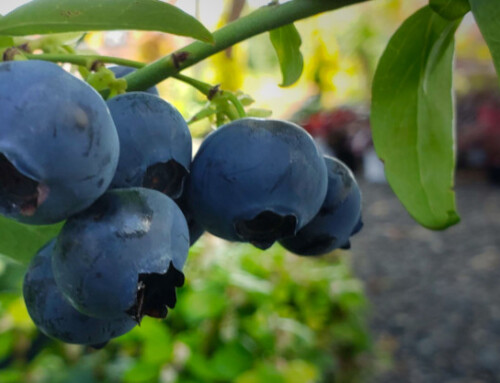
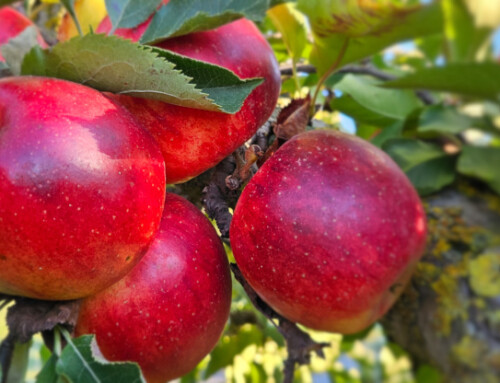
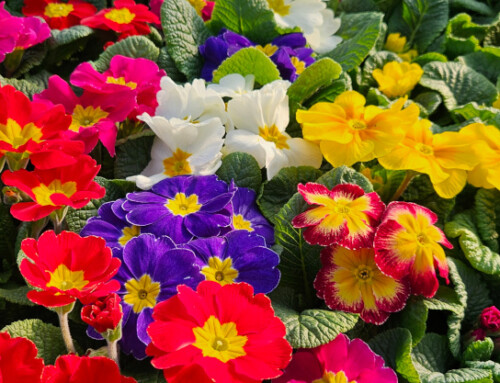
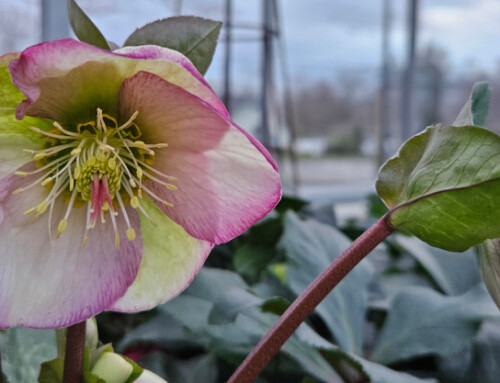
Leave A Comment